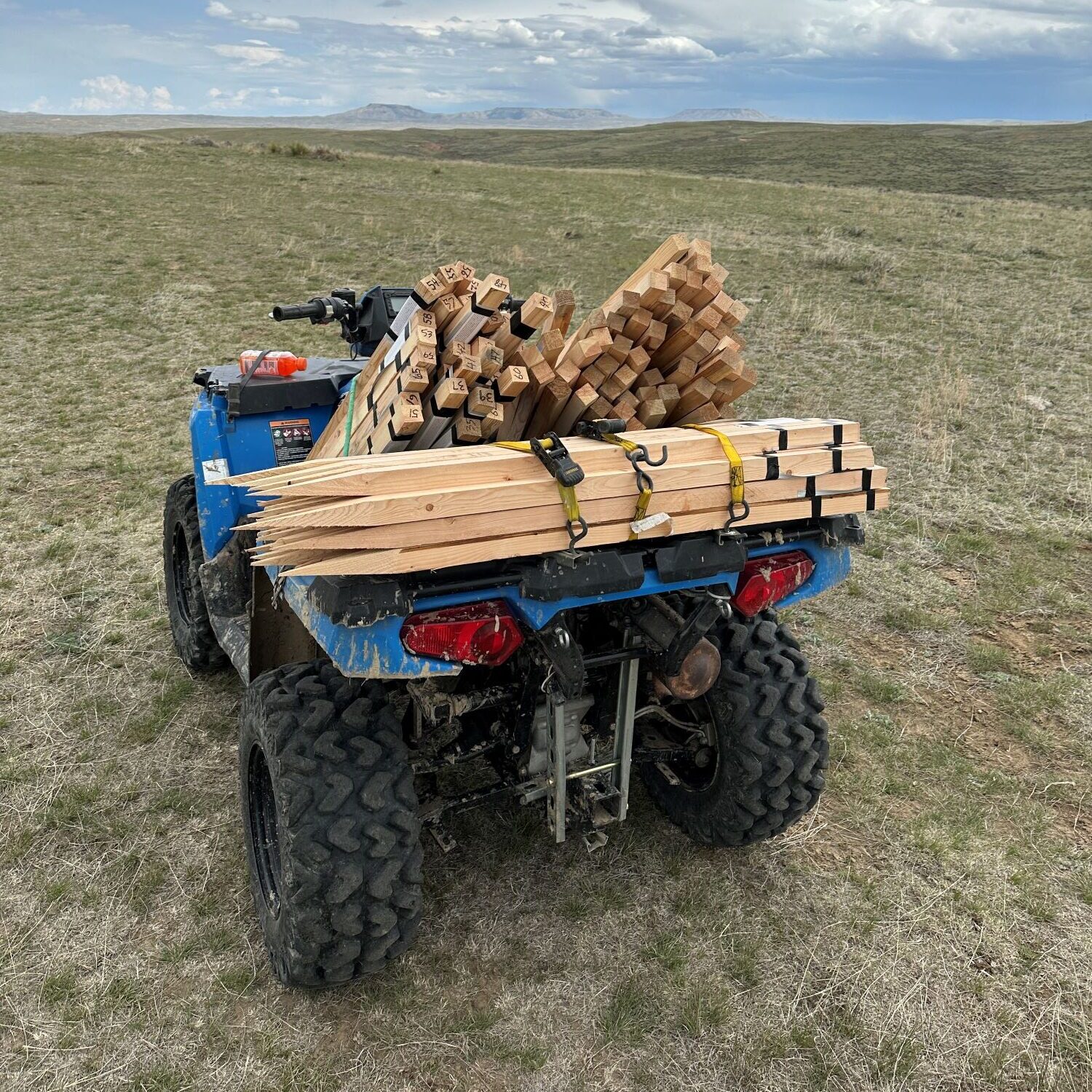Claim staking in the United States, managed primarily by the Bureau of Land Management (BLM), is a critical step in the process of mineral exploration. This process grants prospectors the rights to explore for and potentially develop mineral resources. The United States is one of the last countries in the world where physically staking claims in the field is a legal requirement.
The first step in the claim staking process involves identifying a prospective area based on geological data and exploration in the field. Next, a land status search is performed to ensure that the area is available to be legally claimed. If the land is open, Notice of Location paperwork must be prepared to notify the BLM and the county where the claim is located. Prospectors then physically mark the claim’s boundaries with posts and location monuments according to state regulations.
Once the claim is staked, the Notice of Location paperwork must be filed with the BLM and the local county recorder’s office. Documentation includes a detailed description of the claim’s location, size, and the type of minerals sought. Claims are generally classified as lode claims, which pertain to hard rock deposits, or placer claims, which cover minerals found in loose material, such as streambeds.
Maintaining a claim requires compliance with BLM regulations, including paying annual maintenance fees or performing a specified amount of work or improvements on the claim. This ensures that the claim remains active and that the holder is making genuine efforts to explore and develop the site.
The system of claim staking on federal land is designed to balance mineral development with environmental and cultural resource protection. It helps prevent conflicts by clearly defining the rights of claim holders, thus fostering an organized and efficient approach to mineral resource exploration and development. This regulated process is essential for managing public lands sustainably while allowing for the discovery and extraction of valuable mineral resources.
Geotech Direct offers comprehensive claim staking services, handling the entire process from start to finish. We perform land status searches, create precise claims maps, stake the claims in the field, and file all required paperwork. Our extensive experience and attention to detail ensure that all legal and regulatory requirements are met, facilitating a smooth staking process. Geotech Direct also assists with the ongoing maintenance of claims to keep them active and in compliance with regulations.
For more information, contact kevin@geotechdirect.com
Geotech Direct offers a range of services for mineral exploration including:
- Prospect Generation: Identifying prospects using an extensive database, focusing on Nevada, Arizona, Utah, Wyoming, South Dakota, and the surrounding states.
- Geophysics: Conducting ground magnetic and induced polarization surveys to gather high-quality data.
Geochemistry: Collecting soil and rock samples and providing grid layout, data organization, and processing.


Leave a Reply